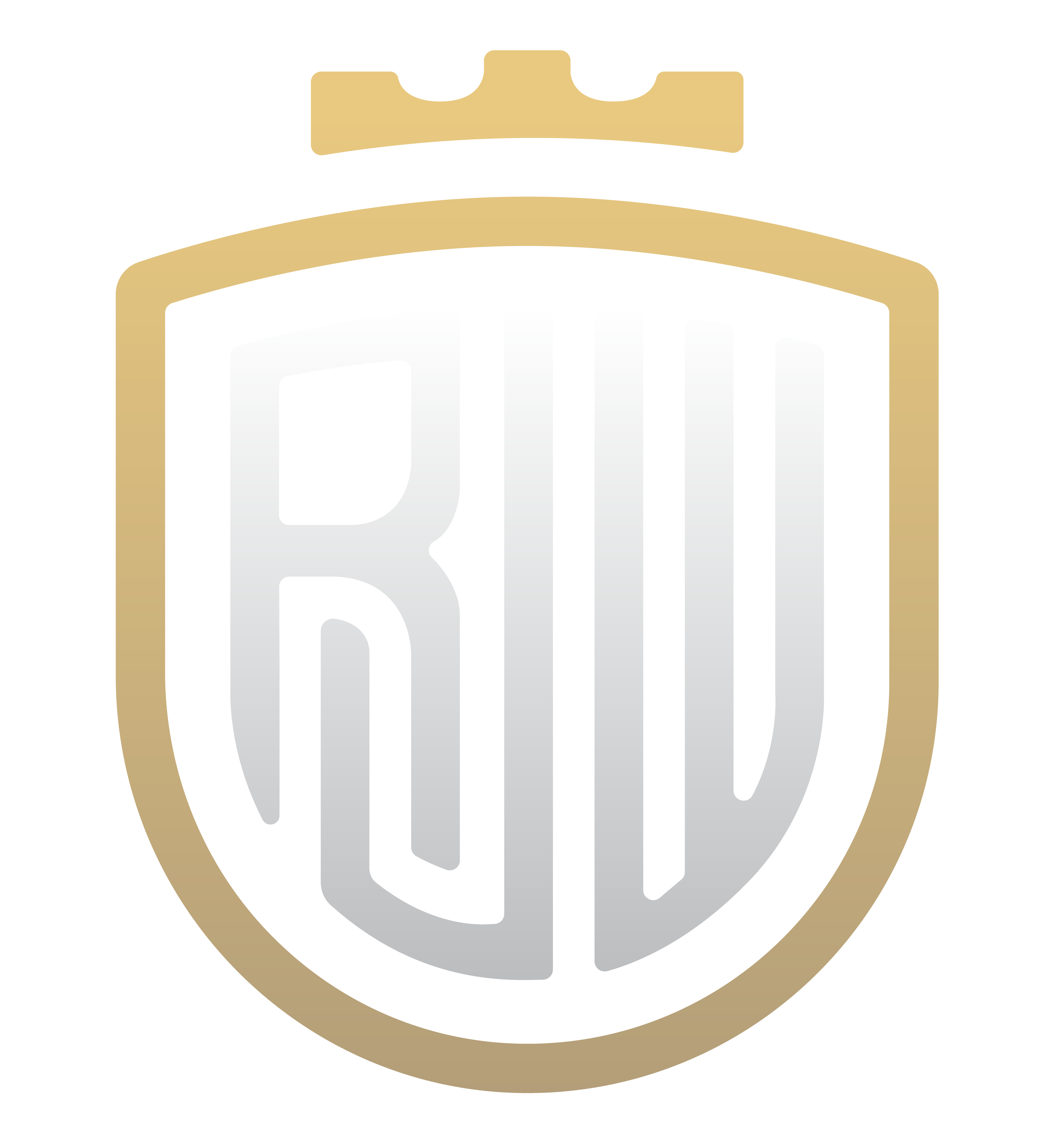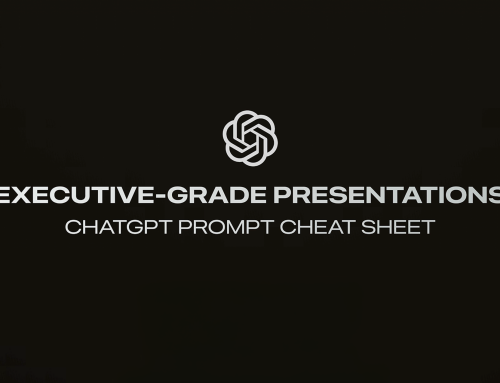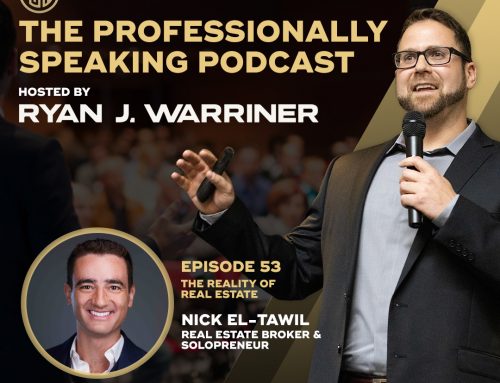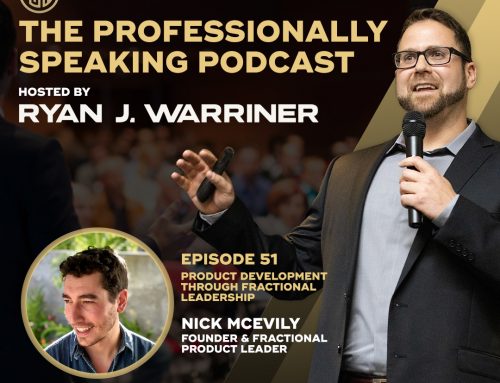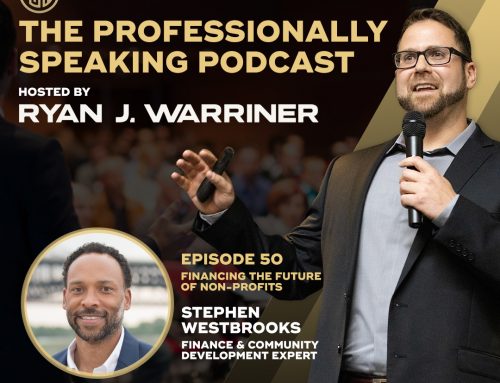It’s no secret that the Q & A portion of any presentation or speaking event can be challenging. After all, the prepared part is over and now you could be asked anything. What if someone asks a question that you’re not permitted to answer? What if someone asks a question that you weren’t expecting? What about when you don’t know? These anxiety-inducing questions can be distressing, but help is on the way…
Questions = Engagement
Contrary to popular belief, questions are not a sign that the presenter has under-delivered, or been ineffective in communicating. They’re a sign that the audience is engaged and interested. Even if an audience member asks for clarification on your content, it’s a positive sign. At minimum, it means that piece of content is meaningful to them. Otherwise, they wouldn’t have asked. On the other hand, when an audience is dormant during a Q & A period, it may translate to a lack of interest or attention. So, when you’re presenting and you see raised hands, you’re on the right track.
Acknowledgement is key
Most importantly, the notion that the presenter has less control during this period is a myth. The presenter is always steering the ship and during your next presentation, you’ll steer with your responses. Some presenters feel obligated to divulge information or justify reasoning when it’s requested of them. Others find themselves internally balancing what they’d like to say, with what they’re expected to say. Whatever your situation happens to be, know this, you don’t need to address every question; but you must acknowledge them.
Handling prying questions
As a professional presentation and speaking coach, there are two recurring concerns that my clients inquire about. The first is regarding prying questions that presenters are not able to discuss (and were probably hoping to avoid). Typically, these questions are either regarding sensitive information, or speculation (rumors). In the event that an audience member asks such a question, respond using this simple formula:
Acknowledge the question + redirect to your main message + invite the next question
An example might look something like:
“I understand what you’re asking; however today my focus is on … (insert main message). Is there another question?”
This method addresses the inquirer respectfully, reinforces your main message, and signals to the entire audience that you are focused and professional.
When you don’t know
The second concerning situation that many presenters fear is when they’re asked a question and they simply don’t know the answer. This may be compounded when presenters believe that they should know. Of course, you want to avoid saying “I don’t know” at all costs. If you’ve prepared effectively (see my previous article), hopefully the answer will lie in the excess information that you have on hand. If not, and you’re still drawing a blank, respond using this formula:
Praise the question + professional “I don’t know” + invitation to follow up
An example might look something like:
“That’s a great question. Unfortunately, I don’t have the exact answer at my fingertips and I want to provide the most accurate information. Let’s connect after this presentation, and I’ll be happy to follow up with you.”
This method begins by sending a positive signal to the inquirer by praising their question. In this case, of course, you will be expected to connect with them afterwards and provide the corresponding information. However, this approach will buy you some time to find and then frame the answer. Keep in mind that you are not expected to know everything, but you are expected to know a great deal and where to find the rest.
On a final note
Remember to maintain a calm and composed demeanor. Your professionalism will shine through and your composure will signal to your audience that you are prepared and confident!
